The bushy-tailed mongoose (Bdeogale crassicauda) is a mammal found in central Africa, ranging from southern Kenya to central Mozambique. The bushy-tailed mongoose (Bdeogale nigripes) is related to the black-footed mongoose.
The bushy-tailed mongoose’s distribution is unknown due to its small size and stealth. However, it appears to favor sites near rivers with shelter. The bushy-tailed mongoose lives mostly in open shrubland and multilayered woodland. Temperature and humidity fluctuate little in these ecosystems. The bushy-tailed mongoose was captured at more than 31 camera trap locations in northern Tanzania, including Ngorongoro Conservation Area, Biharamulo-Burigi-Kimisi Game Reserve, and Mahale Mountains National Park, predominantly in Acacia forests and riparian zones.
Bushy-Tailed Mongoose: Species Profile
COMMON NAME: Bushy-Tailed Mongoose
SWAHILI NAME: Unknown
SCIENTIFIC NAME: Bdeogale crassicauda
TYPE: Mammal
FOOD: Bushy-tailed mongooses are carnivorous, primarily feeding on small vertebrates such as rodents, birds, reptiles, and insects. They may also consume fruits and other plant matter on occasion.
HABITAT: Bushy-tailed mongooses are found in various habitats including forests, woodlands, and savannas. They are native to sub-Saharan Africa.
SIZE: Bushy-tailed mongooses have a body length of approximately 45 to 60 centimeters (18 to 24 inches), with a tail length of about 30 to 40 centimeters (12 to 16 inches). They weigh between 1.5 to 3 kilograms (3.3 to 6.6 pounds).
AVERAGE LIFE SPAN IN THE NATURAL HABITAT: In the wild, bushy-tailed mongooses have an average lifespan of around 8 to 12 years. However, some individuals may live longer under favorable conditions.
ACTIVE: Bushy-tailed mongooses are primarily diurnal creatures, meaning they are active during the day. They are agile climbers and proficient runners, enabling them to hunt and explore their surroundings effectively.
GESTATION PERIOD: The gestation period for bushy-tailed mongooses is approximately 60 to 70 days. Females give birth to litters of 2 to 4 pups, which are born in underground burrows or other concealed locations.
WEIGHT: Bushy-tailed mongooses typically weigh between 1.5 to 3 kilograms (3.3 to 6.6 pounds), making them medium-sized mammals. They have a slender body, short legs, and a bushy tail.
SIZE COMPARISON TO A 6-FT MAN: Bushy-tailed mongooses are smaller than a 6-ft man, with a body length of approximately 45 to 60 centimeters (18 to 24 inches). They have a distinctive bushy tail that adds to their overall length.
Physical Features:
Size: The Bushy-Tailed Mongoose is a relatively small mammal, measuring about 40 to 50 centimeters (16 to 20 inches) in length, with an additional 20 to 25 centimeters (8 to 10 inches) for its long, bushy tail. It weighs around 1.5 to 2 kilograms (3.3 to 4.4 pounds).
Body: The body of the Bushy-Tailed Mongoose is slender and elongated, with short legs and a pointed snout. Its fur is dense, soft, and varies in color, ranging from reddish-brown to grayish-brown, depending on the individual and its habitat.
Tail: As the name suggests, the Bushy-Tailed Mongoose has a distinctive, bushy tail that is almost as long as its body. The tail is typically dark in color and has a thick coat of fur, giving it a plume-like appearance.
Eyes and Ears: It has small, round eyes and relatively large ears, which aid in its sensory perception and detection of sounds and movements in its environment.
Distinctive Features: One notable feature of the Bushy-Tailed Mongoose is its anal gland, which emits a strong, musky odor that is used for communication and territorial marking.
The Bushy-Tailed Mongoose has a sleek and agile appearance, well-suited for its active and arboreal lifestyle. Its bushy tail and alert posture make it easily recognizable in its natural habitat.
A. Unique Tail Adaptations:
The Bushy-Tailed Mongoose is named for its distinctively bushy tail, which is longer and thicker compared to other mongoose species. This prehensile tail aids in balance and serves as a useful tool for climbing trees and navigating the forest understory. Its dense fur coat varies in color from reddish-brown to dark brown, providing effective camouflage amidst the forest foliage.
B. Compact and Agile Build:
With a compact and slender body, the Bushy-Tailed Mongoose possesses remarkable agility, enabling it to maneuver swiftly through the dense vegetation of the forest floor. Its sharp claws and semi-retractable claws offer excellent grip, facilitating climbing and foraging in the arboreal realm.
Habitat and Range:
The Bushy-Tailed Mongoose is predominantly found in the tropical forests of Central and West Africa, including countries like Cameroon, Gabon, Congo, and Equatorial Guinea. It thrives in the rich biodiversity of these forests, which provide ample resources for its survival.
Behavior and Diet:
The Bushy-Tailed Mongoose is a diurnal and primarily arboreal species, meaning it is active during the day and spends a significant amount of time in trees. Here are some key aspects of its behaviour:
Social Structure: Bushy-Tailed Mongooses are generally solitary animals, but they may occasionally form small groups consisting of a male, female, and their offspring. They communicate with each other using vocalizations, scent marking, and body postures.
Tree-Dwelling: These mongooses are highly skilled climbers and spend a considerable amount of time in the trees. They use their long, bushy tail for balance and agility while moving among branches and leaping from tree to tree.
Territoriality: Bushy-Tailed Mongooses are territorial animals and mark their territory using scent glands located near their anus. They may engage in scent marking by rubbing their tail against tree branches or by leaving scent marks on the ground.
Foraging: The diet of the Bushy-Tailed Mongoose primarily consists of fruits, insects, small vertebrates, and bird eggs. They are opportunistic feeders and use their sharp claws and teeth to capture prey or access food sources.
Reproduction: Breeding in Bushy-Tailed Mongooses typically occurs during specific seasons, depending on their geographical location. Females give birth to a litter of one to three young, which are cared for and raised by the mother.
Defensive Behaviour: When threatened, Bushy-Tailed Mongooses may display defensive behaviours such as growling, hissing, or arching their back to appear larger. If necessary, they can also use their sharp teeth and claws to defend themselves.
The Bushy-Tailed Mongoose exhibits a range of behaviours that allow it to thrive in its arboreal habitat and successfully navigate its social and ecological environment.
A. Arboreal Adaptations:
Unlike many mongoose species that primarily inhabit terrestrial environments, the Bushy-Tailed Mongoose exhibits remarkable arboreal adaptations. It spends a significant amount of time in the trees, utilizing its agility and tail for balance while foraging and seeking shelter.
B. Omnivorous Diet:
The Bushy-Tailed Mongoose has a diverse diet, encompassing a wide range of food sources. It feeds on fruits, insects, small vertebrates, eggs, and even nectar. Its adaptability in food selection allows it to take advantage of the seasonal variations in resource availability within the forest.
Ecological Significance:
A. Seed Dispersal:
As the Bushy-Tailed Mongoose feeds on fruits and nectar, it inadvertently aids in the dispersal of seeds across the forest. By consuming fruits and then excreting the undigested seeds in different locations, it contributes to the regeneration and genetic diversity of plant species within the forest ecosystem.
B. Predator-Prey Dynamics:
The presence of the Bushy-Tailed Mongoose helps regulate the populations of small vertebrates and invertebrates in the forest. By preying on insects and small mammals, it plays a crucial role in maintaining a balance within the forest food web.
Conservation Status and Threats:
A. Deforestation and Habitat Loss:
The Bushy-Tailed Mongoose faces significant threats due to deforestation and habitat loss caused by human activities, such as logging, agriculture, and infrastructure development. The conversion of forested areas into agricultural land and the fragmentation of forest habitats disrupt its natural habitat and restrict its range.
B. Wildlife Trade:
Illegal wildlife trade poses an additional threat to the Bushy-Tailed Mongoose, with its unique physical features making it a target for poaching and the exotic pet trade. The demand for its fur and body parts further exacerbates the conservation challenges faced by this species.
Conservation Efforts:
A. Protected Areas and Forest Conservation:
Establishing and expanding protected areas and national parks within the range of the Bushy-Tailed Mongoose is crucial for its long-term survival. Conservation organizations and local authorities work together to enforce regulations and protect the remaining forest habitats.
B. Community Engagement and Education:
Engaging local communities in conservation efforts and promoting sustainable practices is essential for safeguarding the Bushy-Tailed Mongoose and its habitat. Educational initiatives, awareness campaigns, and alternative livelihood programs can help foster an appreciation for the species and empower communities to participate in its protection.
Bdeogale crassicauda
The Bdeogale crassicauda (Bushy-Tailed Mongoose) is a captivating resident of Africa’s lush forests, with its arboreal adaptations and significant ecological role. Protecting its forest habitats, addressing the threats it faces, and raising awareness about its importance are essential for its conservation. By fostering a harmonious relationship between humans and the natural world, we can ensure the survival of the Bushy-Tailed Mongoose and preserve the biodiversity and beauty of Africa’s forest ecosystems for future generations.
Bushy-Tailed Mongoose Adaptations
The Bushy-Tailed Mongoose has developed several adaptations that allow it to thrive in its natural habitat. These adaptations contribute to its survival, foraging efficiency, and overall fitness. Here are some notable adaptations of the Bushy-Tailed Mongoose:
Arboreal Adaptations: The Bushy-Tailed Mongoose has evolved specific adaptations to excel in an arboreal lifestyle. Its long, bushy tail provides balance and serves as a counterbalance while leaping and maneuvering among tree branches. The mongoose’s sharp claws and flexible limbs allow it to climb trees with ease.
Agile and Nimble: This mongoose has exceptional agility and nimbleness, enabling it to navigate complex and intricate tree canopies. Its slender body and lightweight build facilitate quick movements and swift leaps from branch to branch.
Senses and Perception: The Bushy-Tailed Mongoose possesses keen senses that aid in foraging and predator detection. Its eyesight is well-adapted for both day and low-light conditions, enhancing its ability to spot prey and potential threats. Its acute sense of smell helps locate food sources and detect the presence of predators or other animals in its environment.
Dietary Adaptations: The diet of the Bushy-Tailed Mongoose consists of a variety of food sources, including fruits, insects, small vertebrates, and bird eggs. Its sharp teeth and strong jaw muscles are well-suited for capturing and consuming prey items of different sizes. Its digestive system has also adapted to efficiently process a diverse range of food items.
Scent Marking: The Bushy-Tailed Mongoose possesses scent glands near its anus that produce a strong-smelling secretion. It uses this scent marking to communicate with other mongooses, delineate territory boundaries, and convey reproductive status.
Camouflage: The fur coloration of the Bushy-Tailed Mongoose provides camouflage, allowing it to blend in with its arboreal surroundings. This adaptation helps protect it from potential predators and facilitates successful hunting and foraging activities.
These adaptations have enabled the Bushy-Tailed Mongoose to effectively exploit the resources available in its habitat, survive predation pressures, and successfully reproduce.
Where to See Bushy-Tailed Mongoose in Tanzania
The Bushy-Tailed Mongoose (Bdeogale crassicauda) can be found in various regions of Tanzania, particularly in the forested areas and woodlands. Some recommended locations to potentially spot the Bushy-Tailed Mongoose in Tanzania include:
- Arusha National Park: This national park, located near Arusha, is known for its diverse habitats, including montane forests and grasslands, where the Bushy-Tailed Mongoose may be encountered.
- Udzungwa Mountains National Park: Situated in the Southern Highlands of Tanzania, this park is renowned for its lush rainforests and diverse wildlife, making it a promising area to spot the elusive Bushy-Tailed Mongoose.
- Kilimanjaro National Park: The slopes of Mount Kilimanjaro provide a range of habitats, including montane forests, where the Bushy-Tailed Mongoose may be found. Keep in mind that the mongoose’s arboreal nature may make it more challenging to spot.
- Mahale Mountains National Park: Located on the eastern shores of Lake Tanganyika, this park is known for its chimpanzee population. While searching for chimpanzees, you may also have a chance encounter with the Bushy-Tailed Mongoose in the surrounding forests.
- Ruaha National Park: Situated in central Tanzania, Ruaha National Park is known for its vast wilderness and diverse wildlife. The park’s woodlands and open plains may provide suitable habitats for the Bushy-Tailed Mongoose.
It’s important to note that the Bushy-Tailed Mongoose is a secretive and elusive species, making sightings relatively rare. Patience, keen observation, and the assistance of knowledgeable local guides or park rangers can increase the likelihood of spotting this fascinating mongoose in its natural habitat.
Bushy-Tailed mongoose Safari Tips
If you’re planning a safari to spot the elusive Bushy-Tailed Mongoose in Tanzania, here are some helpful tips:
- Choose the right location: As mentioned earlier, focus your safari in areas known for their forested habitats, such as Arusha National Park, Udzungwa Mountains National Park, Kilimanjaro National Park, Mahale Mountains National Park, and Ruaha National Park. These locations offer a higher chance of encountering the Bushy-Tailed Mongoose.
- Opt for early morning or late afternoon game drives: The Bushy-Tailed Mongoose is primarily active during twilight and at night. Schedule your game drives during these times to increase your chances of spotting this mongoose species.
- Be patient and observant: The Bushy-Tailed Mongoose is a shy and elusive creature, so it requires patience and sharp observation skills to locate it in its natural habitat. Keep your eyes peeled for any signs of movement or rustling in the undergrowth.
- Hire an experienced guide: Enlist the services of a knowledgeable guide or ranger who is familiar with the behavior and preferred habitats of the Bushy-Tailed Mongoose. Their expertise can greatly enhance your safari experience and increase the likelihood of successful sightings.
- Practice quiet and respectful behavior: The Bushy-Tailed Mongoose is sensitive to noise and disturbances. Maintain a quiet and respectful demeanor during your safari to avoid scaring away the mongoose or other wildlife in the area.
- Use appropriate equipment: Bring a pair of binoculars to help you scan the surroundings and spot the mongoose from a distance. Additionally, consider using a camera with a zoom lens to capture clear photos without getting too close and disturbing the mongoose.
- Follow park regulations: Adhere to the rules and regulations of the national parks or protected areas you visit. This includes staying on designated paths or roads and refraining from littering or feeding any wildlife.
Remember, wildlife sightings are never guaranteed, and the Bushy-Tailed Mongoose is particularly elusive. Enjoy the entire safari experience and appreciate the diversity of wildlife that Tanzania has to offer, even if you don’t come across the Bushy-Tailed Mongoose.
Bushy-Tailed Mongoose FAQs
1. What is the appearance of the Bushy-Tailed Mongoose?
The Bushy-Tailed Mongoose (Bdeogale crassicauda) is a medium-sized mongoose with a slender body and a distinctive bushy tail. It has short, dense fur that is typically reddish-brown in color, with a lighter underbelly. It has a pointed snout, small ears, and sharp claws for climbing trees.
2. What is the behavior of the Bushy-Tailed Mongoose?
The Bushy-Tailed Mongoose is primarily active during twilight and at night, making it nocturnal. It is a solitary and territorial species, marking its territory with scent markings. It is a skilled climber and spends a significant amount of time in trees, foraging for food and seeking shelter.
3. What adaptations does the Bushy-Tailed Mongoose have?
The Bushy-Tailed Mongoose has several adaptations that help it thrive in its natural habitat. Its long, bushy tail provides balance while climbing trees and serves as a communication tool. Its sharp claws enable it to grip branches and move with agility. It has keen senses, including excellent vision and hearing, which help it detect prey and potential threats.
4. Where can you see the Bushy-Tailed Mongoose in Tanzania?
The Bushy-Tailed Mongoose is found in various forested habitats in Tanzania, such as Arusha National Park, Udzungwa Mountains National Park, Kilimanjaro National Park, Mahale Mountains National Park, and Ruaha National Park. These areas provide suitable environments for the mongoose to thrive.
5. Are Bushy-Tailed Mongooses dangerous?
Bushy-Tailed Mongooses are generally not dangerous to humans. They are shy and elusive creatures that prefer to avoid confrontation. However, like any wild animal, it is important to maintain a respectful distance and avoid provoking or cornering them.
6. What do Bushy-Tailed Mongooses eat?
The diet of the Bushy-Tailed Mongoose primarily consists of insects, small vertebrates, eggs, fruits, and occasionally carrion. They are skilled hunters and have a diverse diet that adapts to the available food sources in their habitat.
7. How can I increase my chances of spotting a Bushy-Tailed Mongoose?
To increase your chances of spotting a Bushy-Tailed Mongoose, consider hiring an experienced guide who is familiar with the mongoose’s behavior and preferred habitats. Opt for early morning or late afternoon game drives, as the mongoose is most active during these times. Practice patience, be observant, and keep your eyes peeled for any signs of movement or rustling in the undergrowth.
Please note that wildlife sightings can never be guaranteed, as these animals are in their natural habitat and may be elusive. Enjoy the overall safari experience and appreciate the diversity of wildlife Tanzania has to offer, even if you don’t encounter a Bushy-Tailed Mongoose.

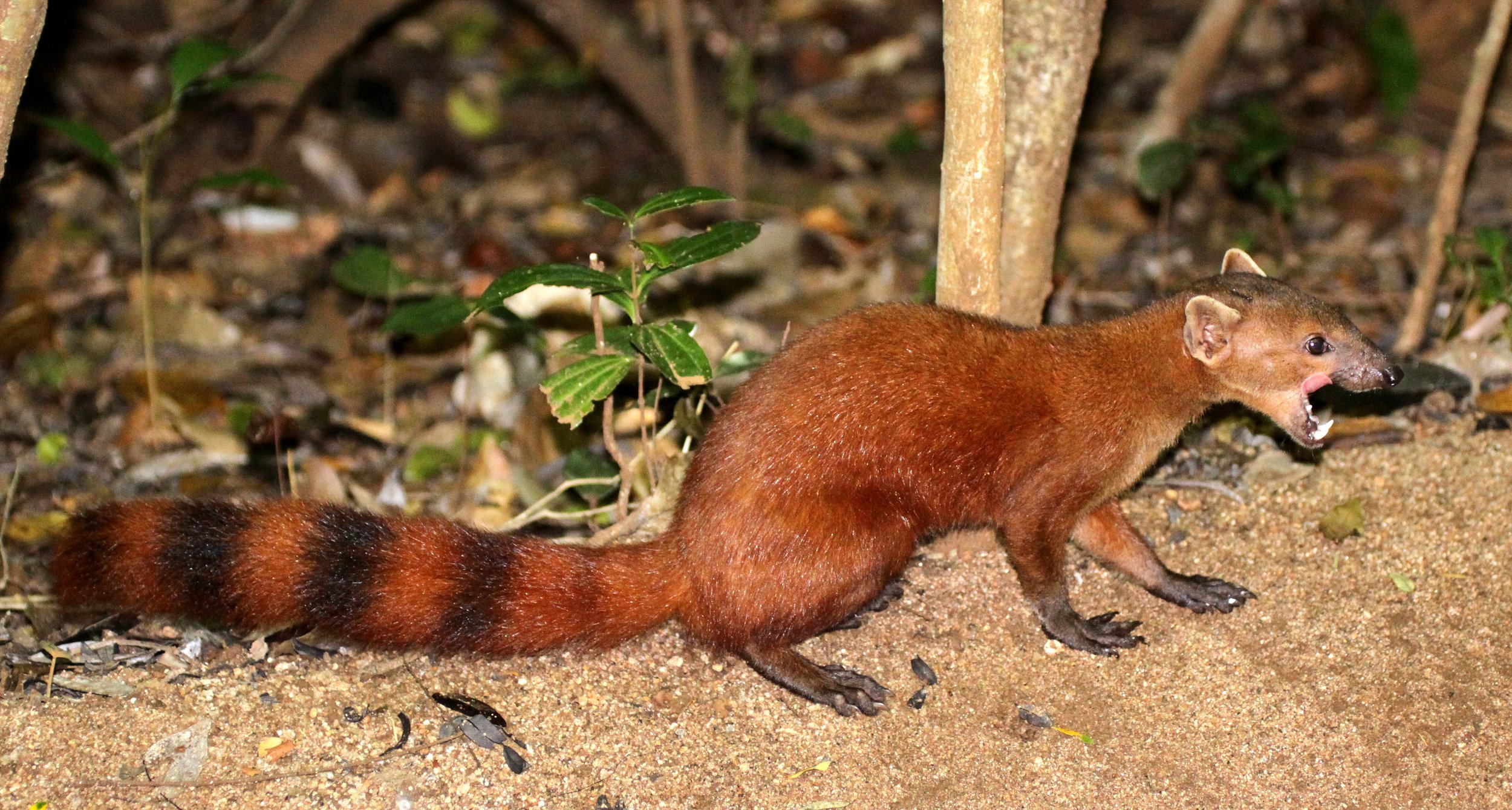
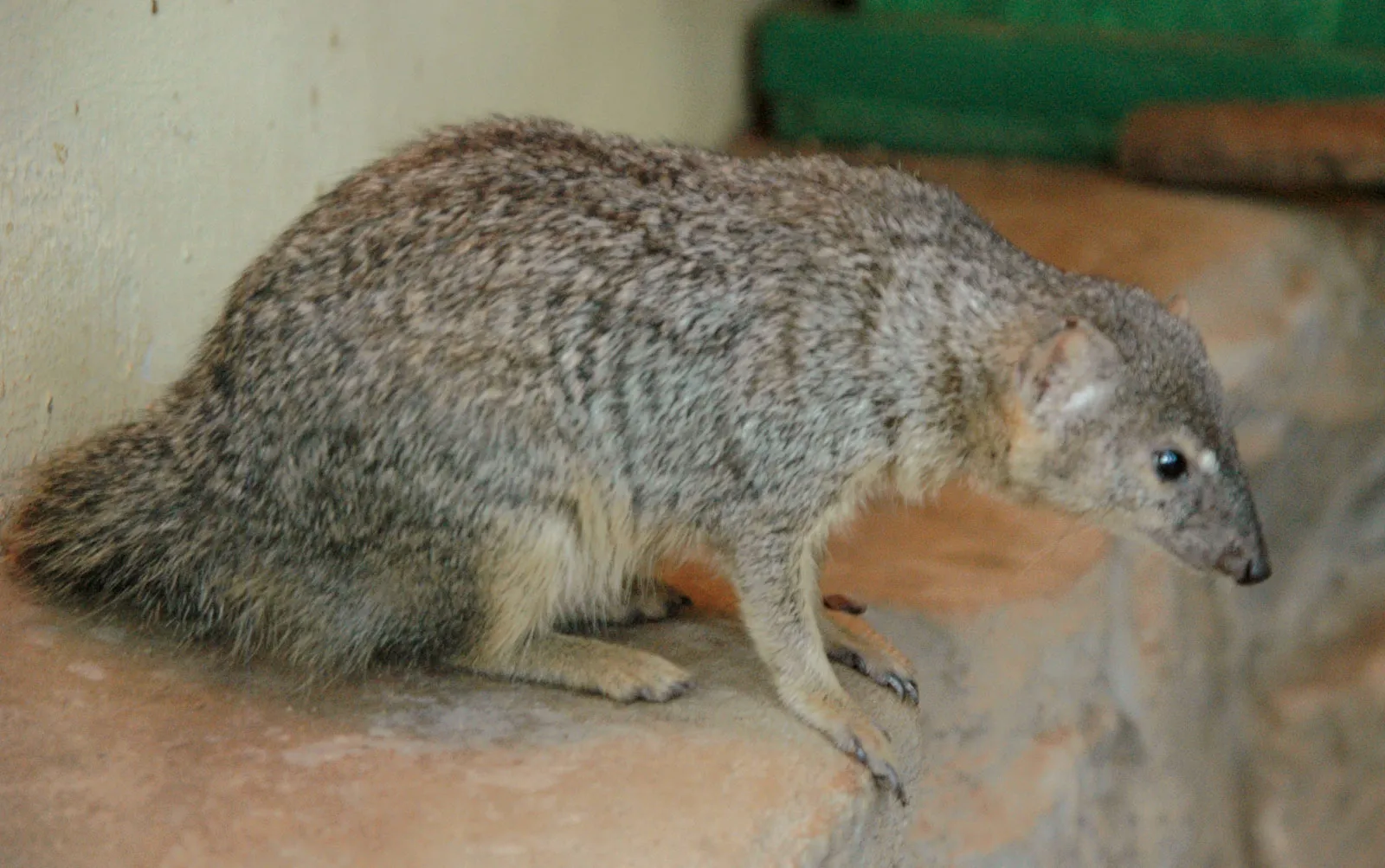
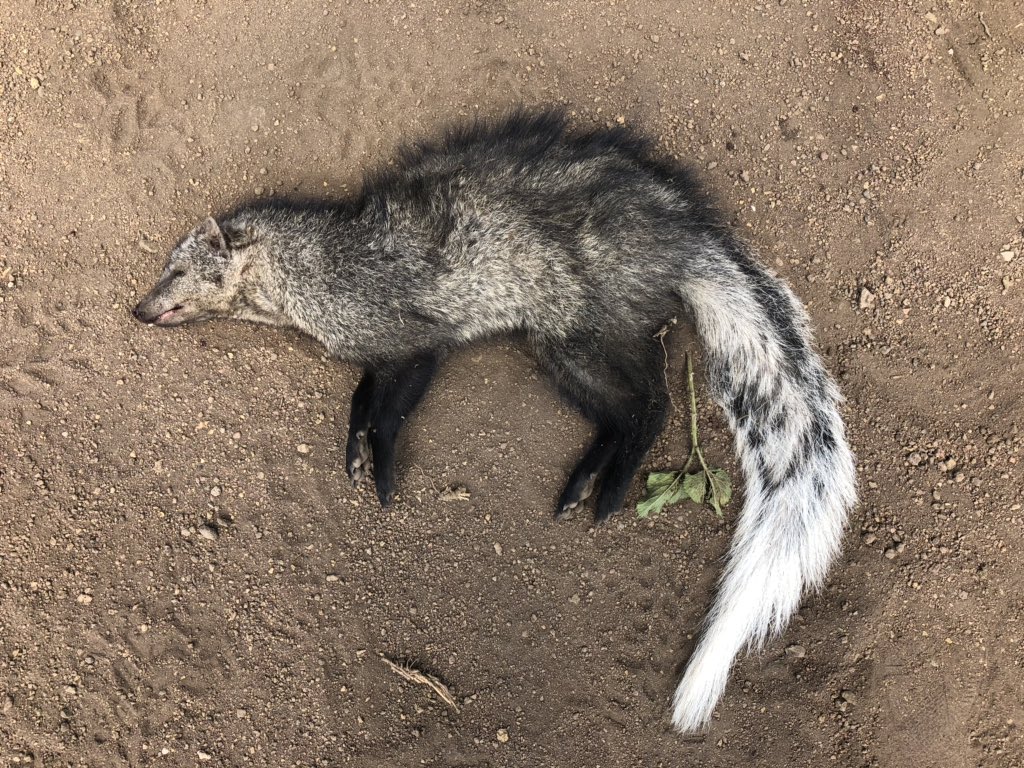
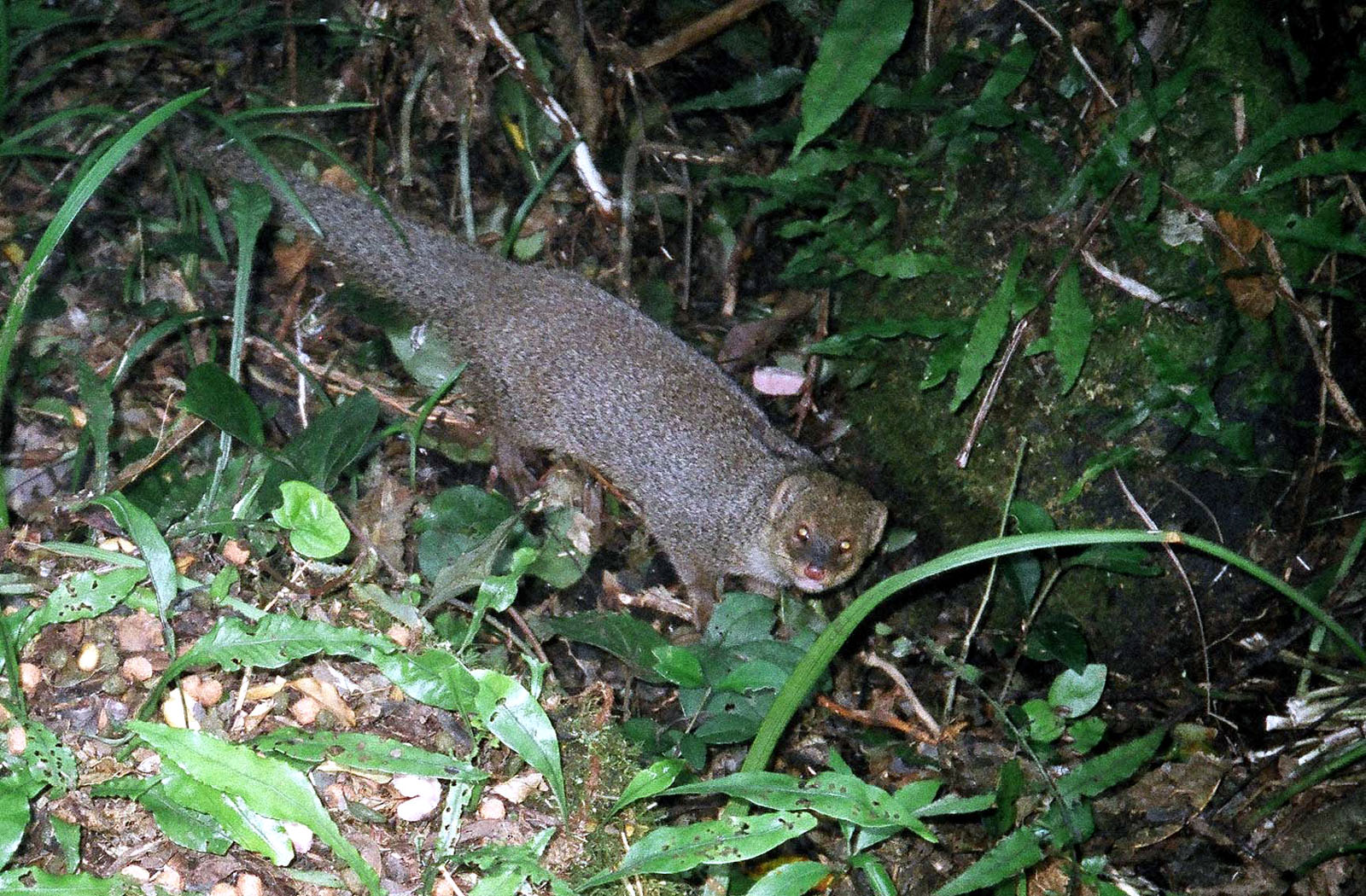
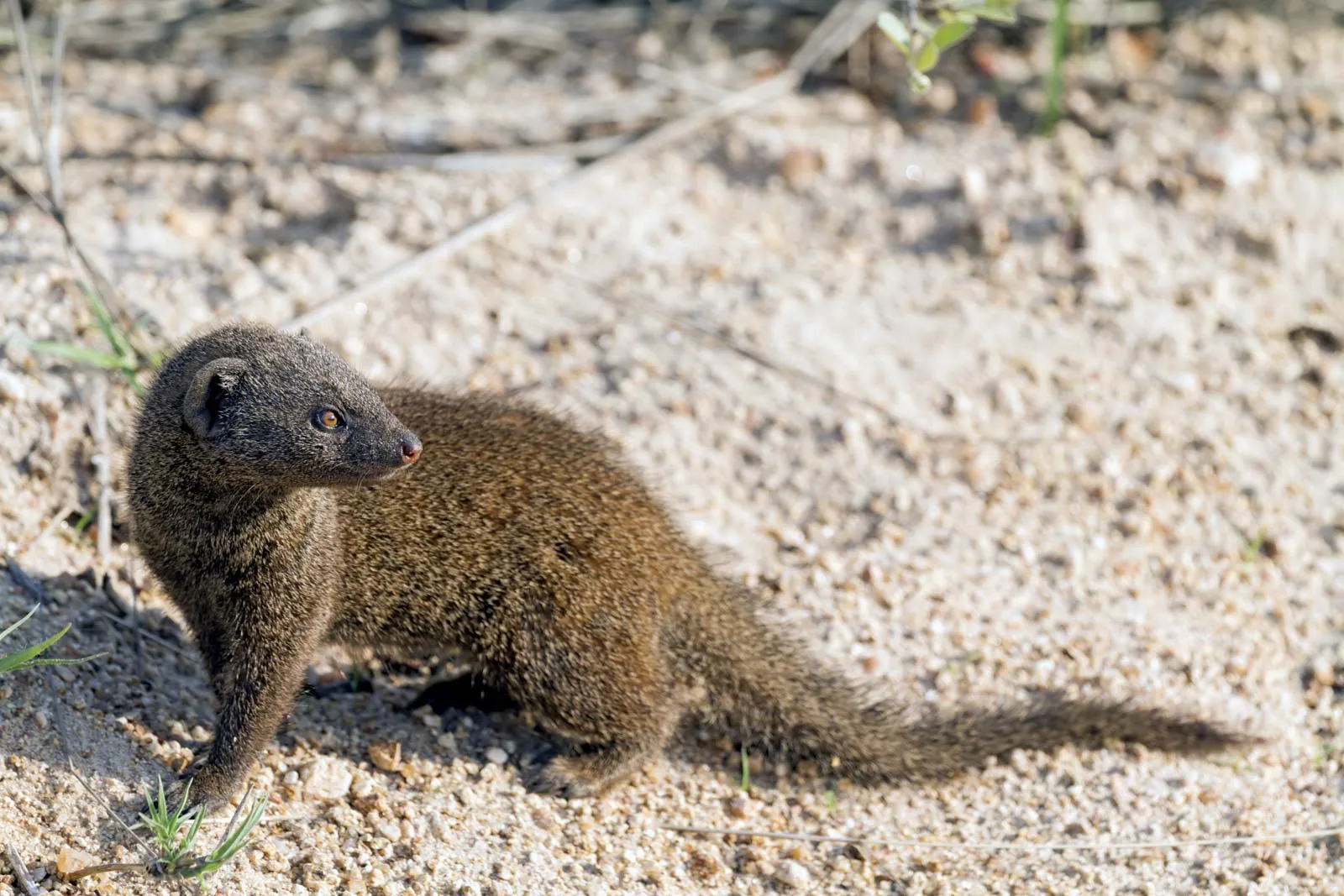
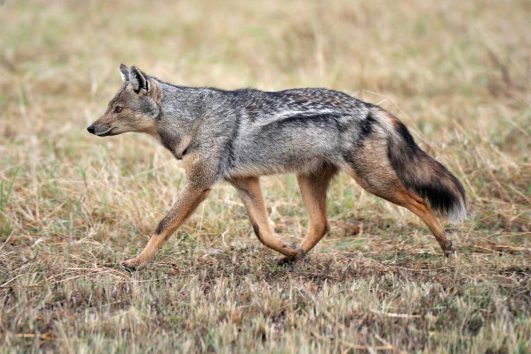
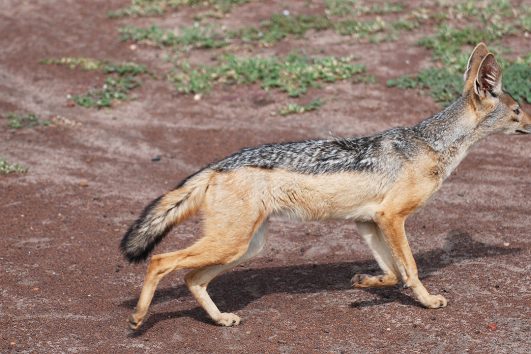
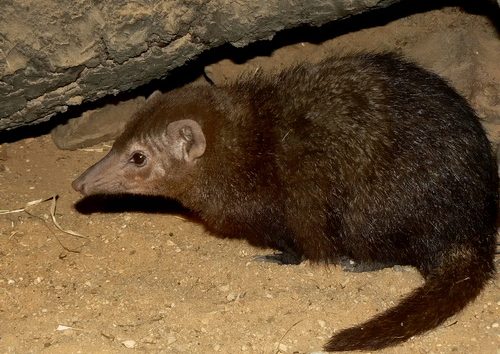
Tour Reviews
There are no reviews yet.
Leave a Review